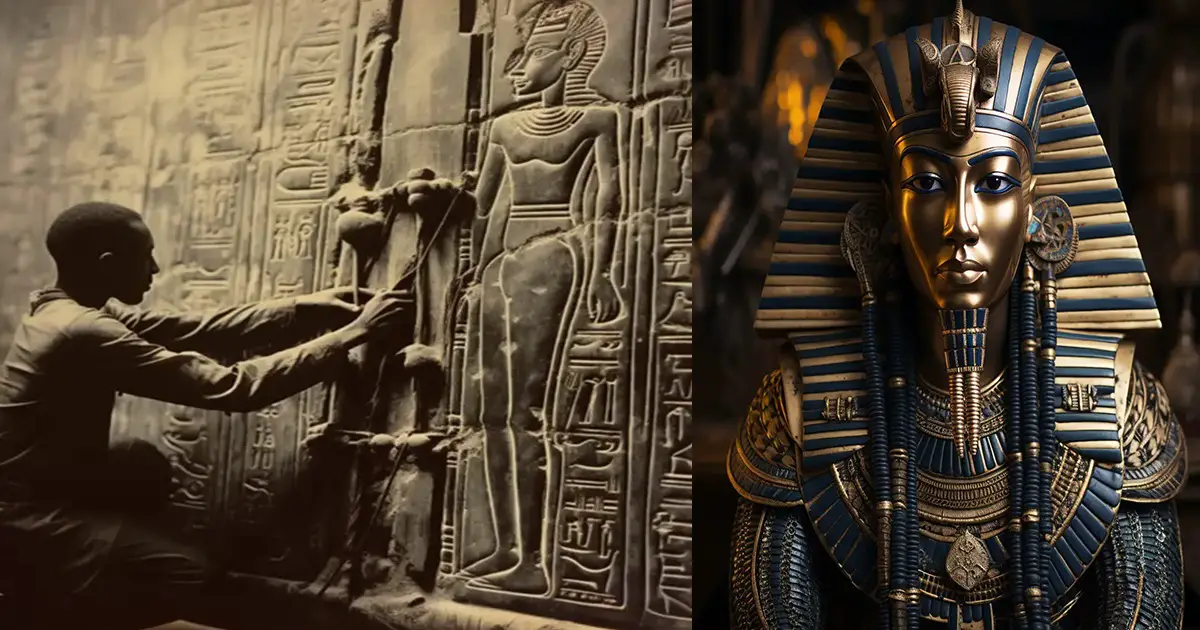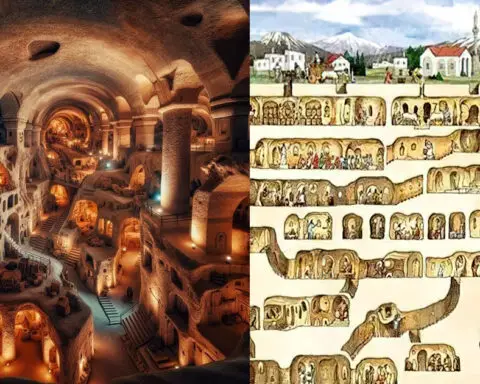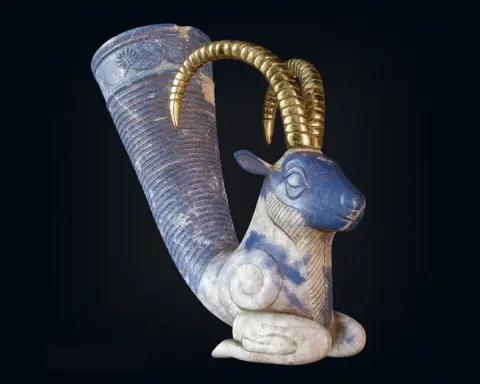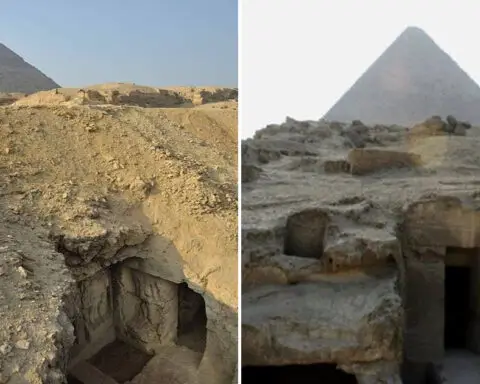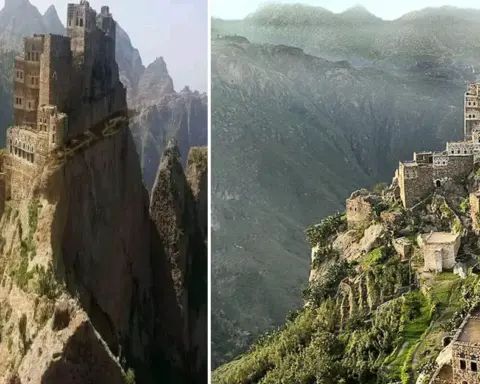Few archaeological finds have captivated the world’s intrigue as profoundly as the unveiling of Tutankhamun’s tomb in 1922. This event was a pivotal moment, unearthing an untouched trove that had remained undisturbed for a staggering 3,245 years.
The Discovery:

Howard Carter, a British archaeologist, discovered the entrance to Tutankhamun’s tomb on November 4, 1922, after years of meticulous work in the Valley of the Kings. The unbroken seal hinted at the treasures concealed within, offering a tantalizing glimpse into an ancient era.
The tomb’s unveiling shook the archaeological community, promising unprecedented insights into the life and death of the young pharaoh Tutankhamun, who rose to power at just nine years old.
The Unveiling:
As Carter and his team breached the seal, they entered a chamber shrouded in darkness for over three millennia. The air was heavy with history, and the anticipation of what lay ahead was palpable. Torches flickered, illuminating a breathtaking sight—the funerary riches of Tutankhamun.
The Interior:

Within the tomb lay a vast array of artifacts meticulously placed to accompany the young king into the afterlife. Ornate furniture, dazzling jewelry, and ceremonial objects spoke volumes about the wealth and grandeur of ancient Egyptian royalty.
Among the most iconic finds was Tutankhamun’s golden funerary mask, an exquisite symbol of Egyptian artistry. Its remarkable preservation offered a rare glimpse into ancient religious and cultural practices.
Adorning the tomb’s walls were intricate hieroglyphics and depictions of the pharaoh’s journey into the afterlife, offering insights into Egyptian beliefs and rituals.
Tutankhamun’s Legacy:

Though Tutankhamun’s reign was brief, the discovery of his tomb thrust him into global prominence, making him an enduring symbol of ancient mysteries. His tomb artifacts not only enriched our understanding of ancient Egypt but also reignited worldwide interest in archaeology and Egyptology.
The Mysteries Unraveled:
Further explorations uncovered clues about Tutankhamun’s health and the circumstances of his premature death. Scientific analyses of the mummy suggested possible genetic disorders or infections contributing to his demise.
Ongoing research, aided by modern technology, continues to unravel the mysteries surrounding Tutankhamun’s tomb, inching closer to understanding ancient Egypt and the enigma of the young pharaoh.
Conclusion:
The unbroken seal of Tutankhamun’s tomb in 1922 wasn’t just the opening of a burial chamber—it was a doorway to the past that continues to fascinate. The treasures found within offer a glimpse into the opulence and mystique of ancient Egypt. Tutankhamun’s tomb stands as a testament to the enduring allure of archaeology and humanity’s insatiable curiosity about its own history.
VIDEO:

